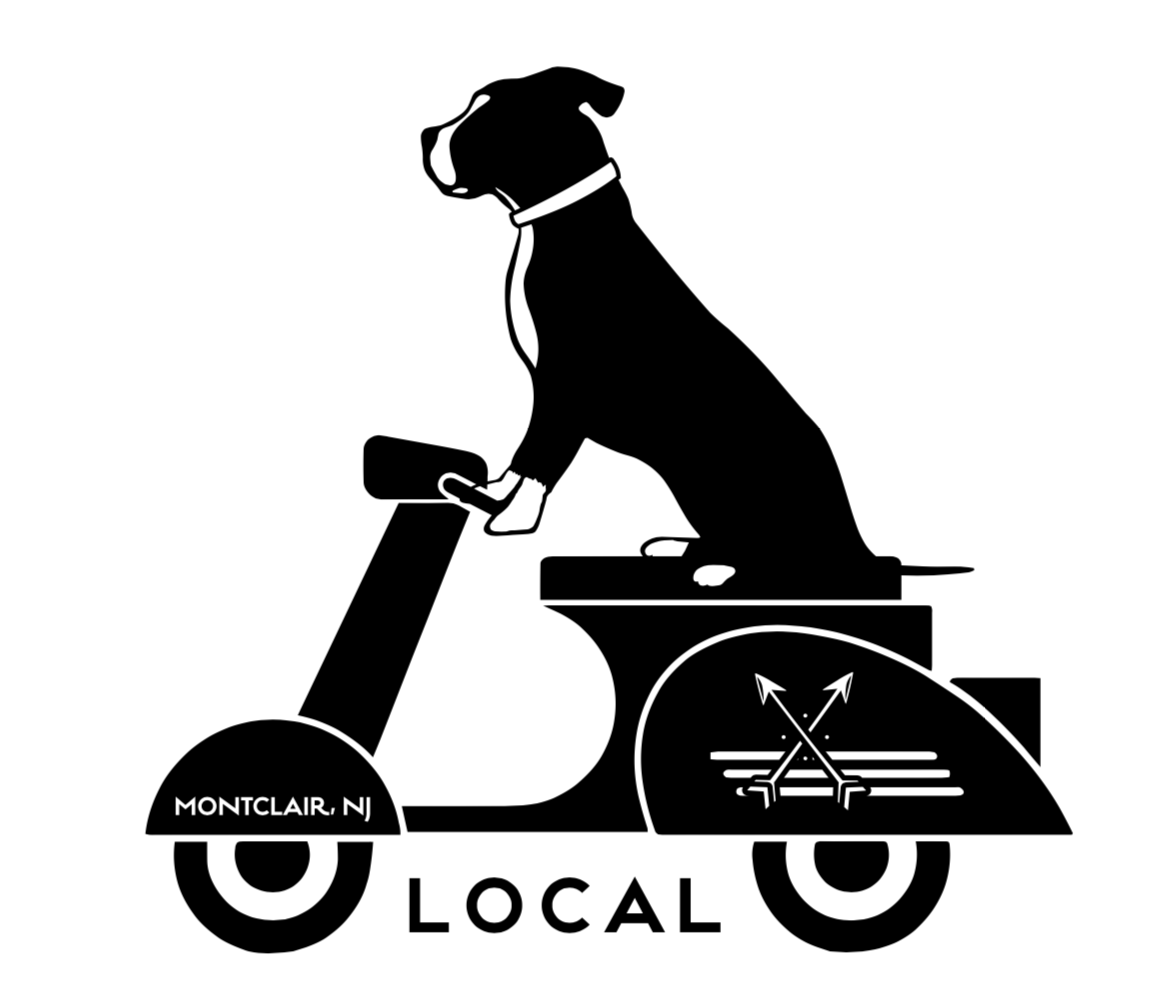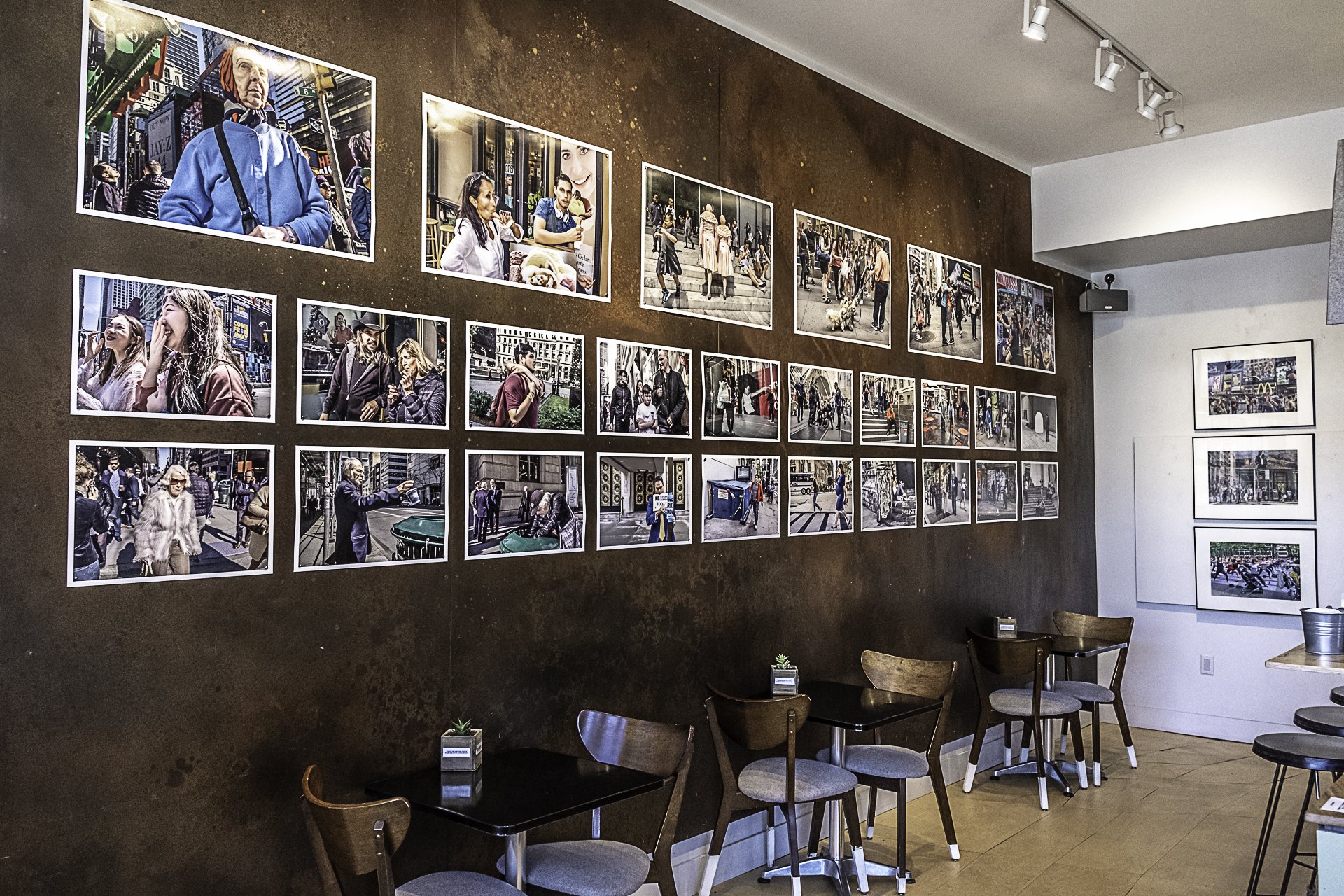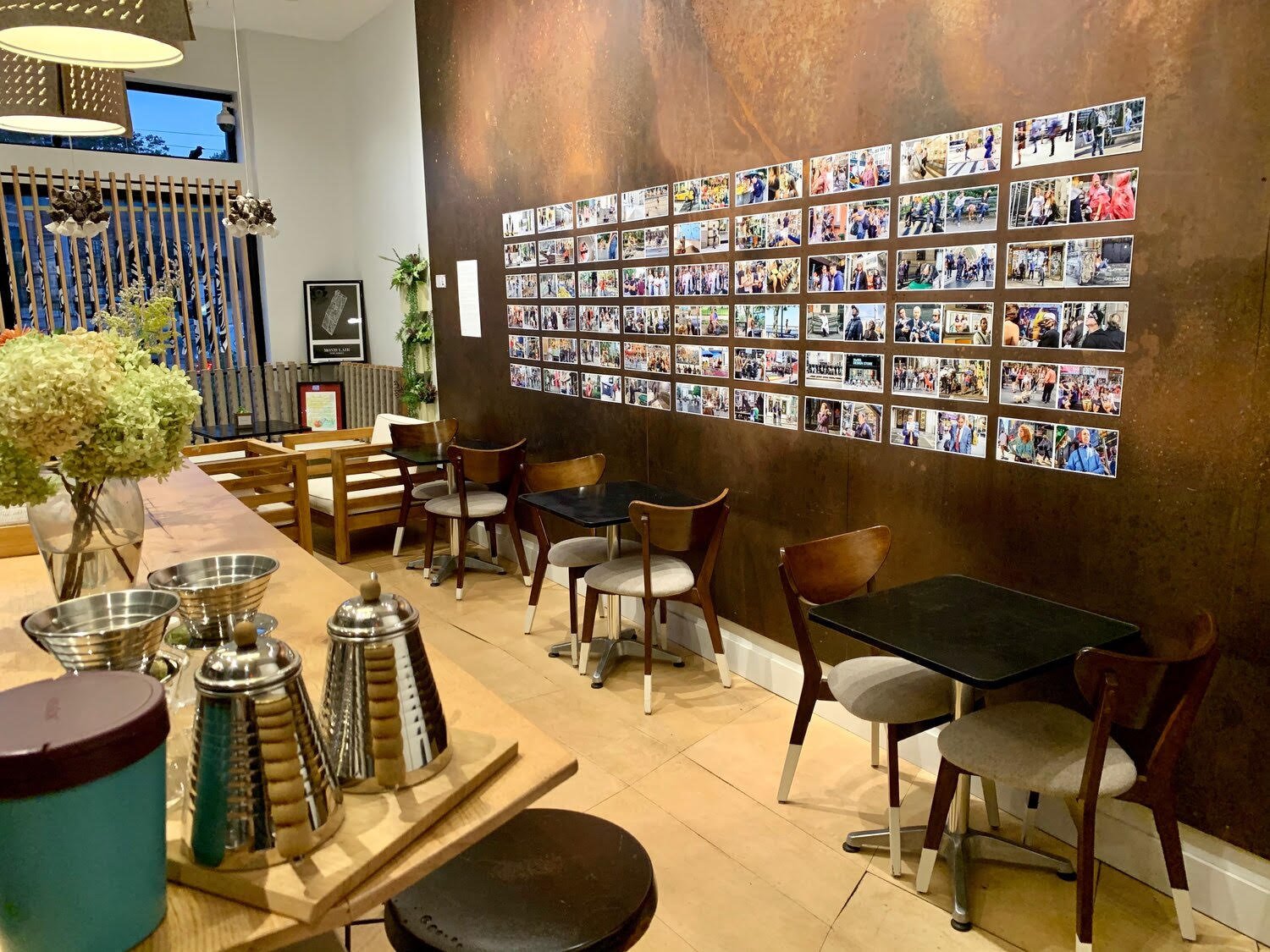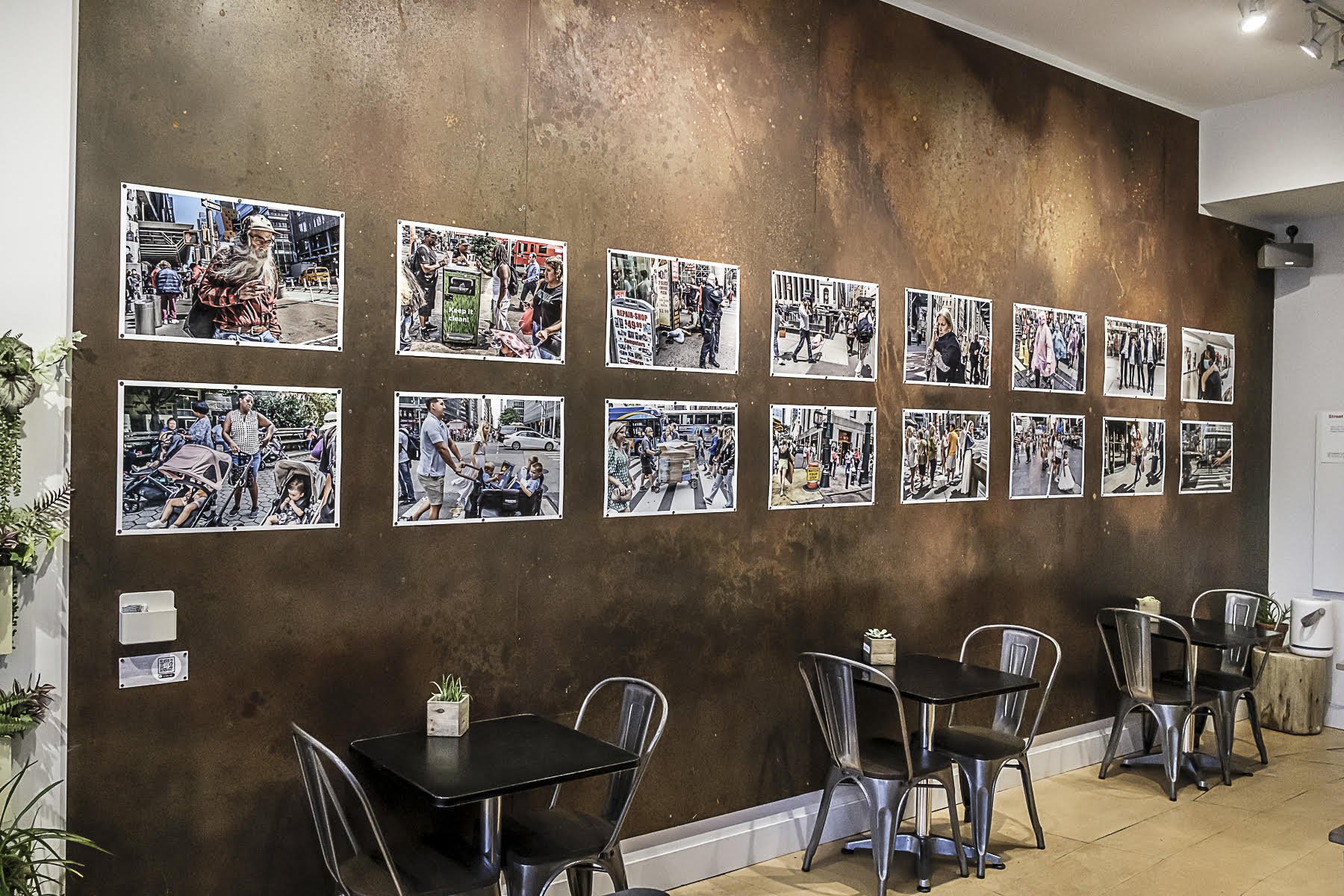LC: Tell us a bit with respect to this exhibition as compared to the previous exhibits from back in March 2019 and September 2020.
The current exhibition has a somewhat similar layout as the 2019 show (below)
But it is quite different from the 2020 show (below).
Current show (below)
SS: The current exhibit has a good balance between the photos and the surrounding space. The photos are complicated and dense and therefore invite contemplation. The spacing allows viewing without distraction from adjacent photos, yet keeps the photos close enough to be seen from a distance as a coherent group.
LC: I can’t help noticing that, and opinion only, the images seem more personal, more raw than previous…almost peeling back a layer of your subject and allowing us the viewer a closer connection to the the actual person. Does this thought seem accurate?
SS: There is a developing looseness and ambiguity in my work that I like. I don't have an emotional agenda when I shoot but I like to find images, through my camera, that interest me and others. Every viewer will interpret those images differently.
LC: There’s an image of a construction worker’s arm in the foreground of a kind of ubiquitous NYC construction area that is very powerful. I have to ask if you were aiming to capture that particular shot after assessing the scene or simply caught by lucky chance.
SS: I was looking through my view finder at the construction worker in the background when the worker in the foreground suddenly thrust his arm out. I took the picture.
LC: Of this collection, which image stands out most to you and why?
SS: They all make me happy, individually and as a group.
LC:. I’m already looking forward to your next collection. Anything planned that you can hint to?
SS: A year is a long time. I'm looking forward to it as well :)
See more of Scot’s work here: www.scotsurbeck.com














